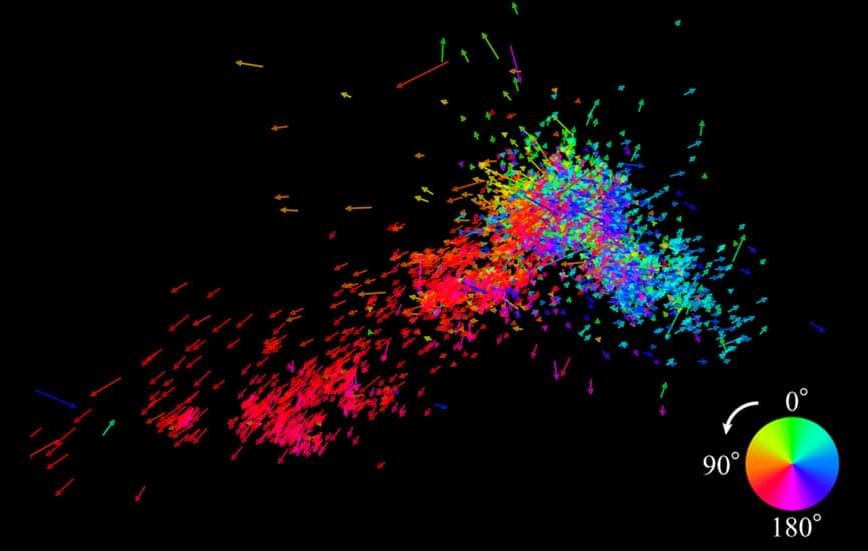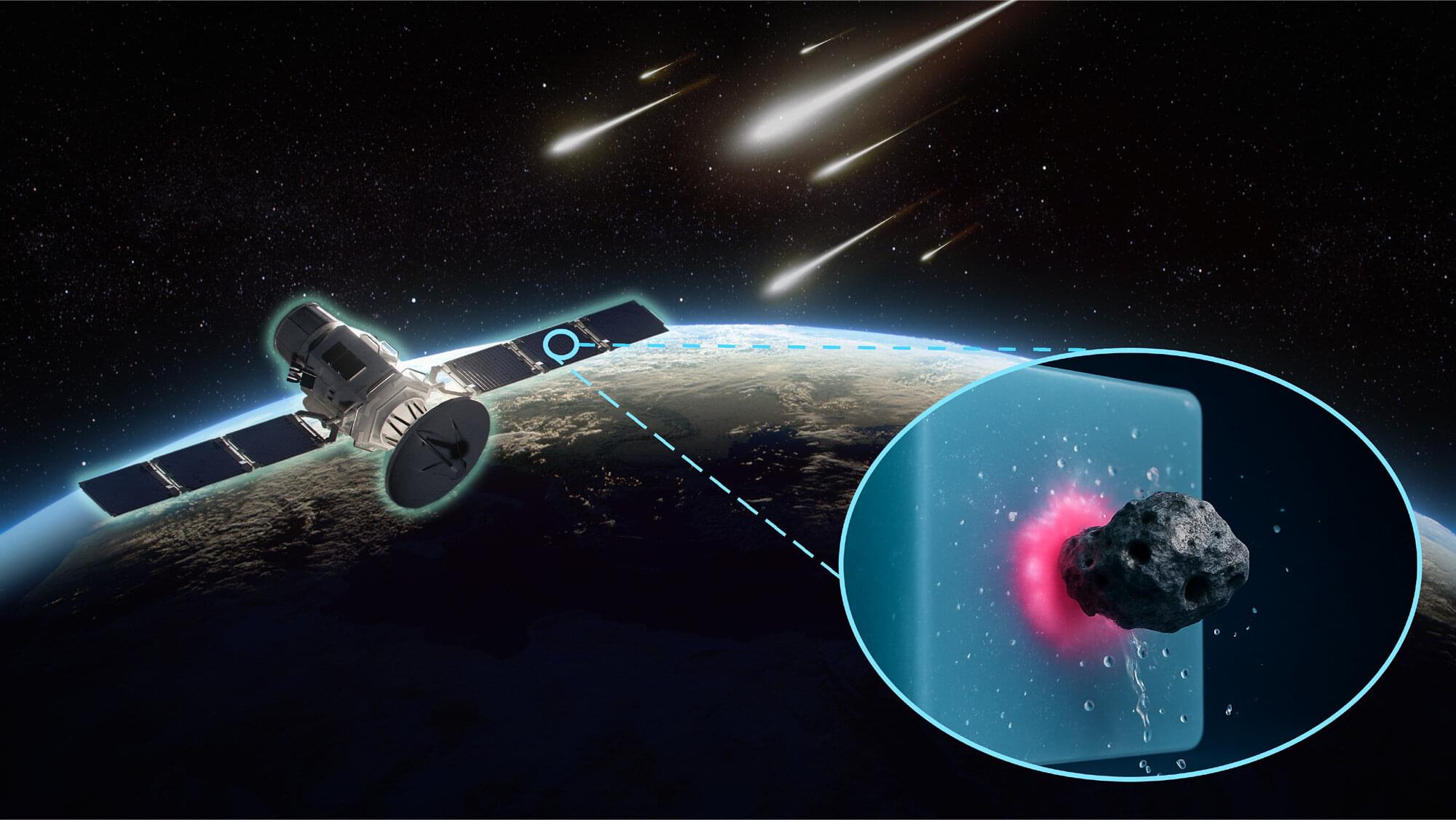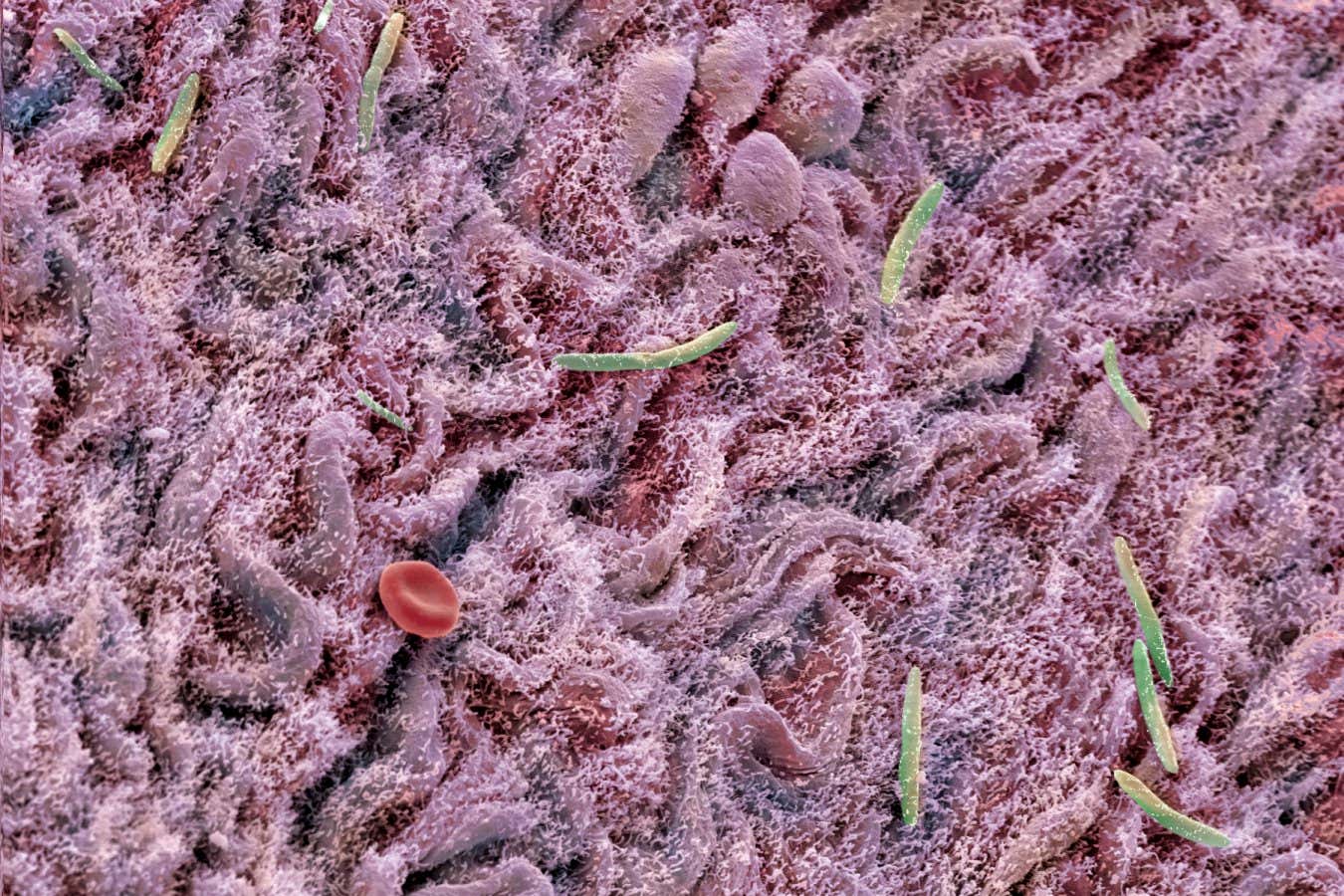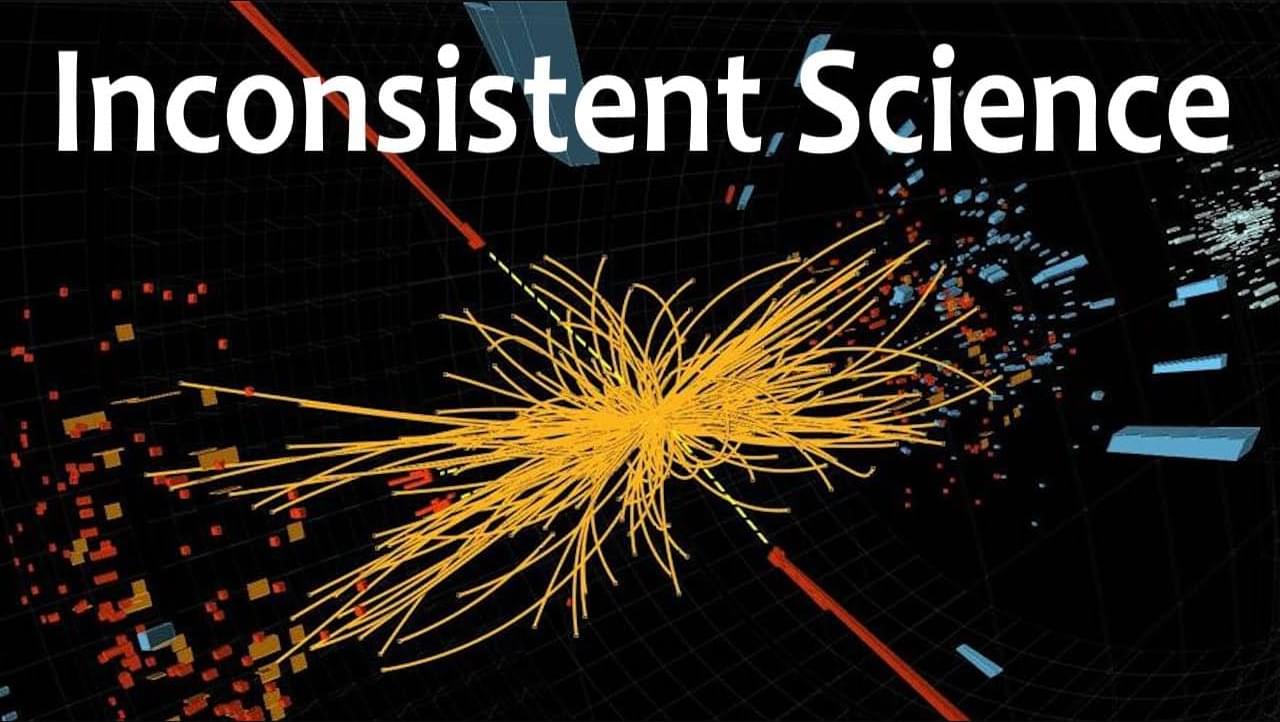Scientists found a compound that appears to counter common mutations behind POLG-related diseases, rare conditions that harm mitochondrial DNA.
Is the nearest galaxy to ours being torn apart? Research suggests so. A team led by Satoya Nakano and Kengo Tachihara at Nagoya University in Japan has revealed new insights into the motion of massive stars in the Small Magellanic Cloud (SMC), a small galaxy neighboring the Milky Way. Their findings suggest that the gravitational pull of the Large Magellanic Cloud (LMC), the SMC’s larger companion, may be tearing the smaller one apart. This discovery reveals a new pattern in the motion of these stars that could transform our understanding of galaxy evolution and interactions. The results were published in The Astrophysical Journal Supplement Series.
“When we first got this result, we suspected that there might be an error in our method of analysis,” Tachihara said. “However, upon closer examination, the results are indisputable, and we were surprised.”
The SMC remains one of the closest galaxies to the Milky Way. This proximity allowed the research team to identify and track approximately 7,000 massive stars within the galaxy. These stars, which are over eight times the mass of our Sun, typically survive for only a few million years before exploding as supernovae. Their presence indicates regions rich in hydrogen gas, a crucial component of star formation.
The pointy edges of petals rely on a type of geometric feedback never before seen in nature.
In the shadow of the wrecked nuclear power plant in Fukushima, Japan, a new research centre is seeking to revitalize the region.
Urea, with the formula CO(NH2)2, is a chemical compound that is widely used in a range of sectors, including manufacturing, agriculture and various industries. Conventionally, this compound is produced via a two-step process that entails the synthesis of ammonia from nitrogen (N₂) and its subsequent reaction with carbon dioxide (CO₂).
This reaction occurs at high temperatures and under high pressure, leading to the formation of a compound called ammonium carbamate. This compound is then decomposed at lower pressures, which ultimately produces urea and water.
Traditional processes for producing urea are very energy intensive, meaning that to produce desired amounts of urea they consume a lot of electrical power. Over the past few years, some engineers have thus been trying to devise more energy-efficient strategies to synthesize urea.
IN A NUTSHELL 🌍 The Three Gorges Dam in China is the largest hydroelectric dam globally, symbolizing China’s engineering prowess. 🔍 NASA suggests that the dam’s massive water displacement might influence Earth’s rotation, affecting the planet’s natural balance. 💧 The dam’s reservoir, when full, could lengthen the day by 0.06 microseconds and alter Earth’s shape.
What if there were a fabric that, like Superman, could take a bullet and self-heal? Such a super-dynamic, action-powered polymer might actually help protect real-life flyers in space.
Material scientists at Texas A&M University have developed just such a polymer with a unique self-healing property never before seen at any scale. When struck by a projectile, this material stretches so much that when the projectile manages to pass through, it takes only a small amount of the polymer with it. As a result, the hole left behind is much smaller than the projectile itself.
However, for now, this effect has only been observed under extreme temperatures and at the nanoscale.
We have known for years that the gut microbiome can alter brain function, but now research in mice is suggesting that the opposite is also true – that the brain modifies gut bacteria
Macrophage adenosine monophosphate-activated protein kinase (AMPK) limits the development of experimental colitis. AMPK activation inhibits NADPH oxidase (NOX) 2 expression, reactive oxygen species (ROS) generation, and pro-inflammatory cytokine secretion in macrophages during inflammation, while increased NOX2 expression is reported in experimental models of colitis and inflammatory bowel disease (IBD) patients. Although there are reductions in AMPK activity in IBD, it remains unclear whether targeted inhibition of NOX2 in the presence of defective AMPK can reduce the severity of colitis. Here, we investigate whether the inhibition of NOX2 ameliorates colitis in mice independent of AMPK activation. Our study identified that VAS2870 (a pan-Nox inhibitor) alleviated dextran sodium sulfate (DSS)-induced colitis in macrophage-specific AMPKβ1-deficient (AMPKβ1LysM) mice.
Scientific realists hold that we are justified in believing that our best scientific theories are true. But what if those theories are inconsistent? This video examines the argument that realists are committed to believing that there are true contradictions.
I offer private tutoring in philosophy. For details please email me: [email protected].
Support me on Patreon: / kanebaker91
Donate to my PayPal: https://paypal.me/kanebaker91
My Discord: / discord.
0:00 — Introduction.









